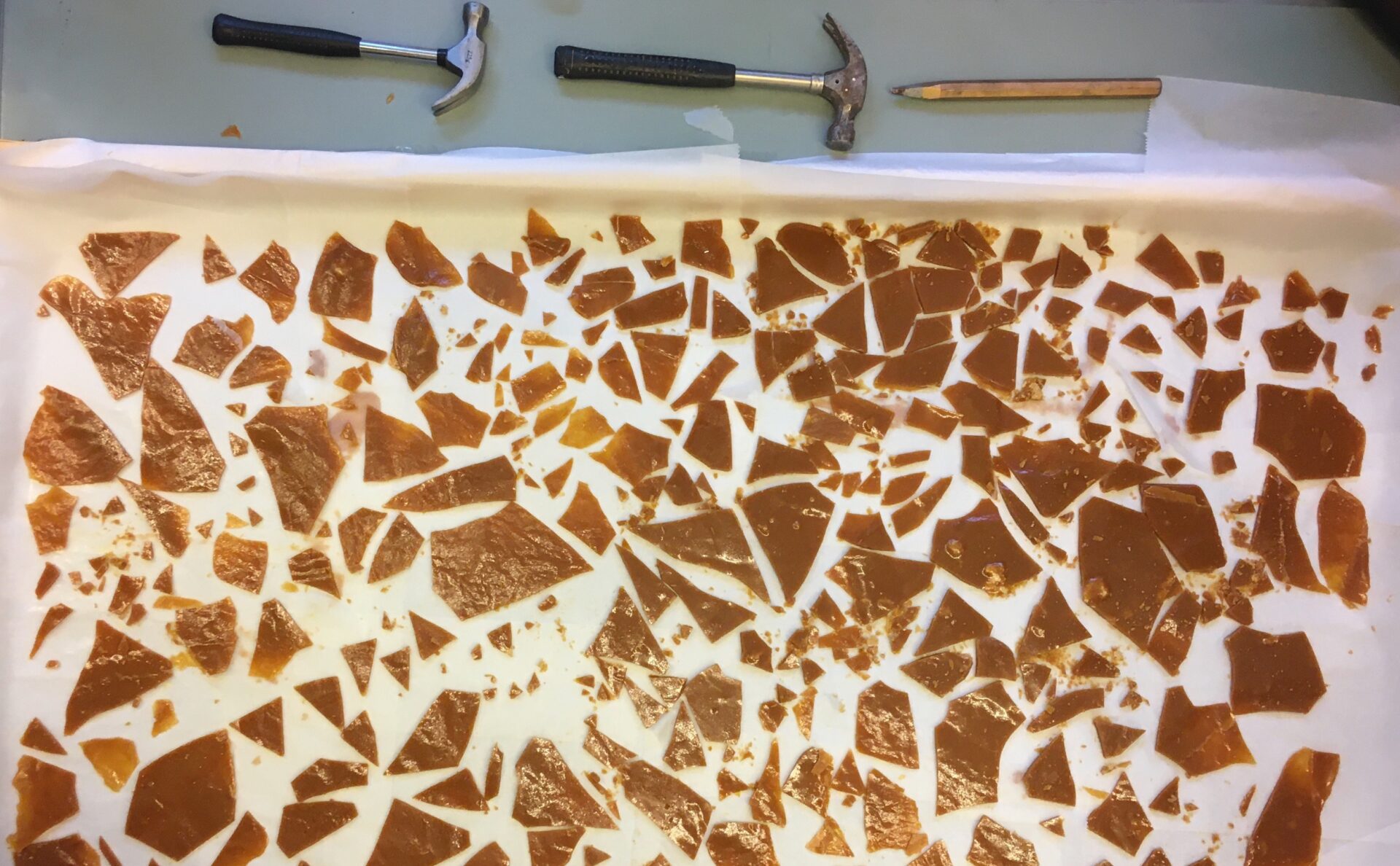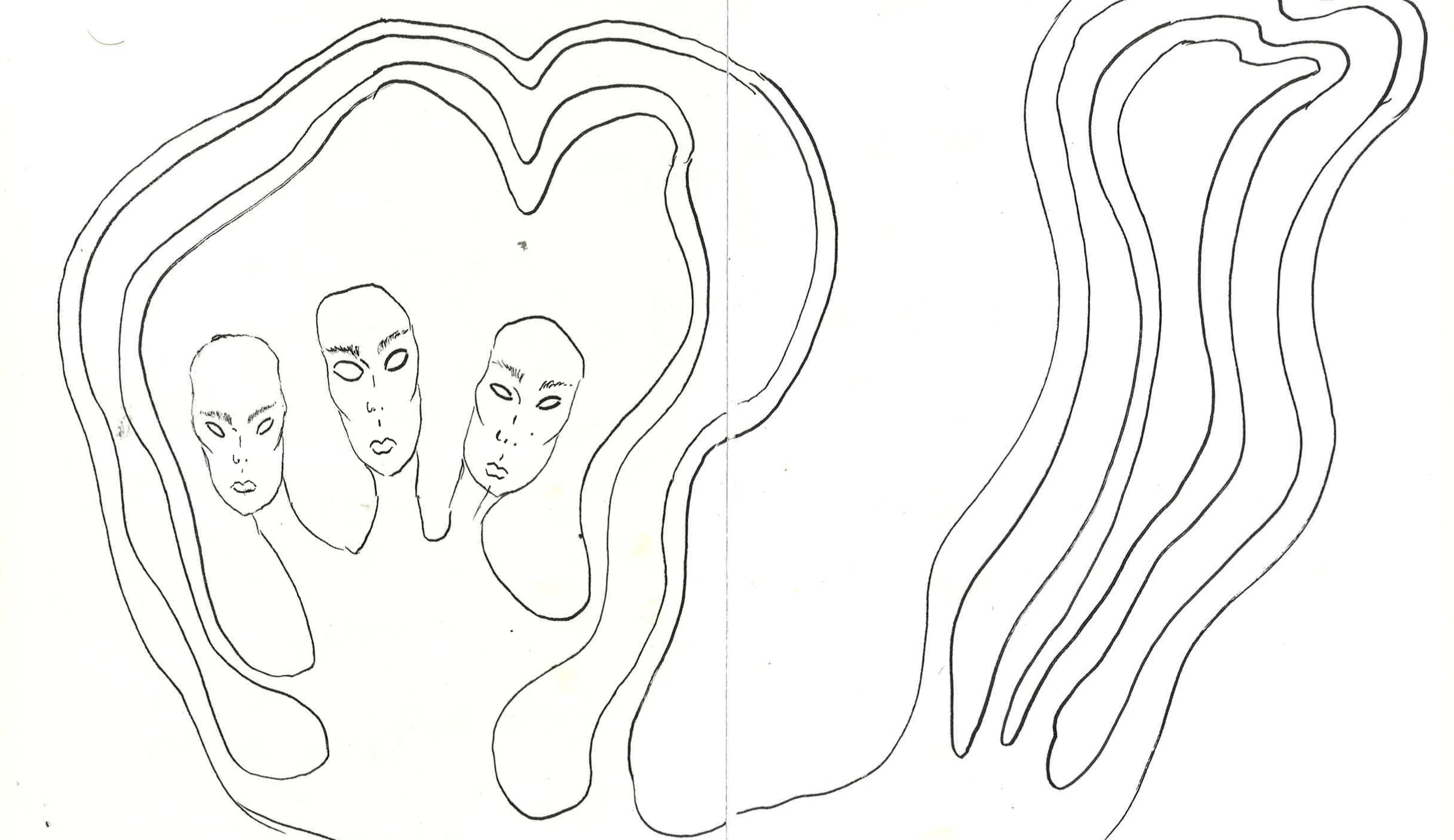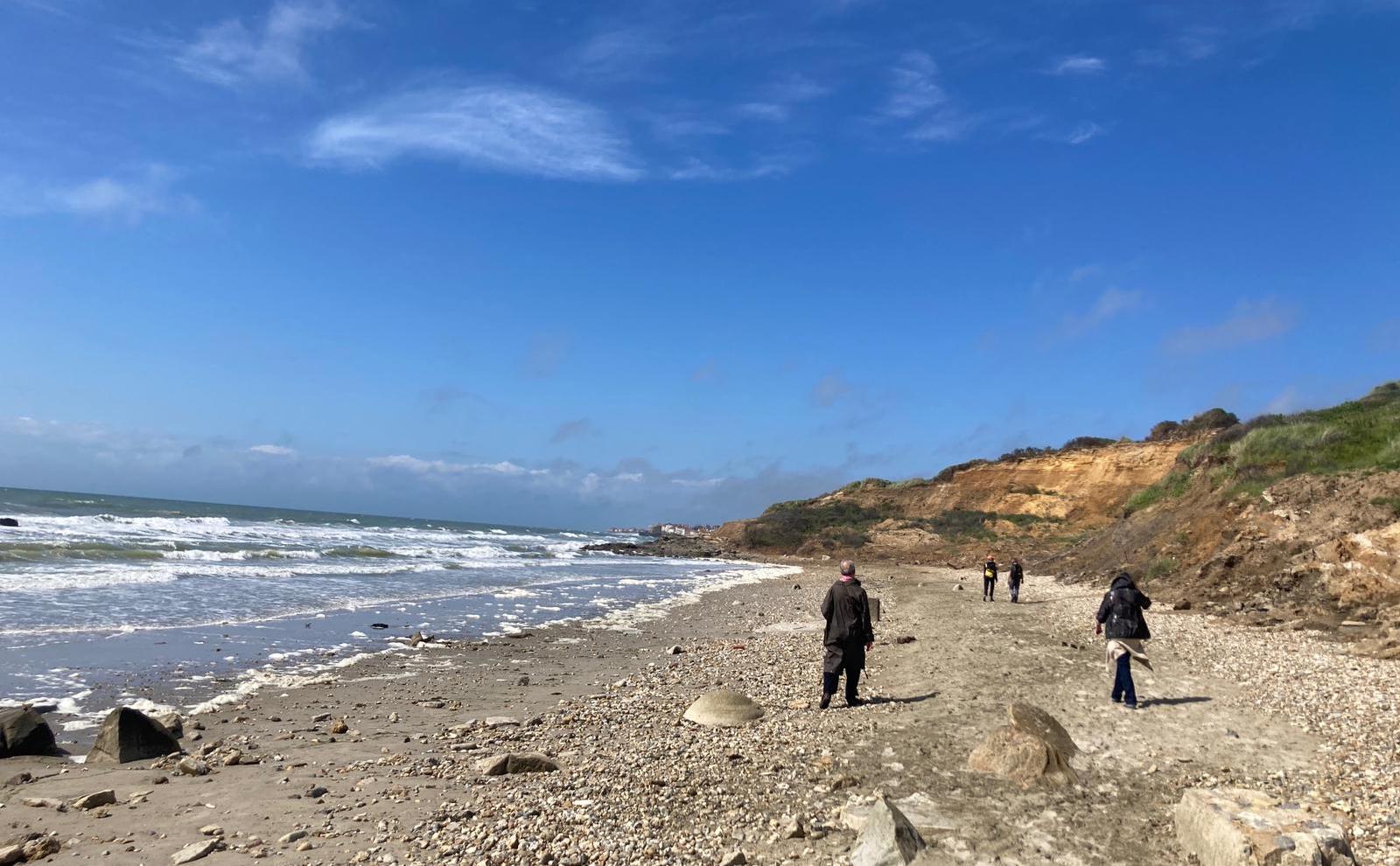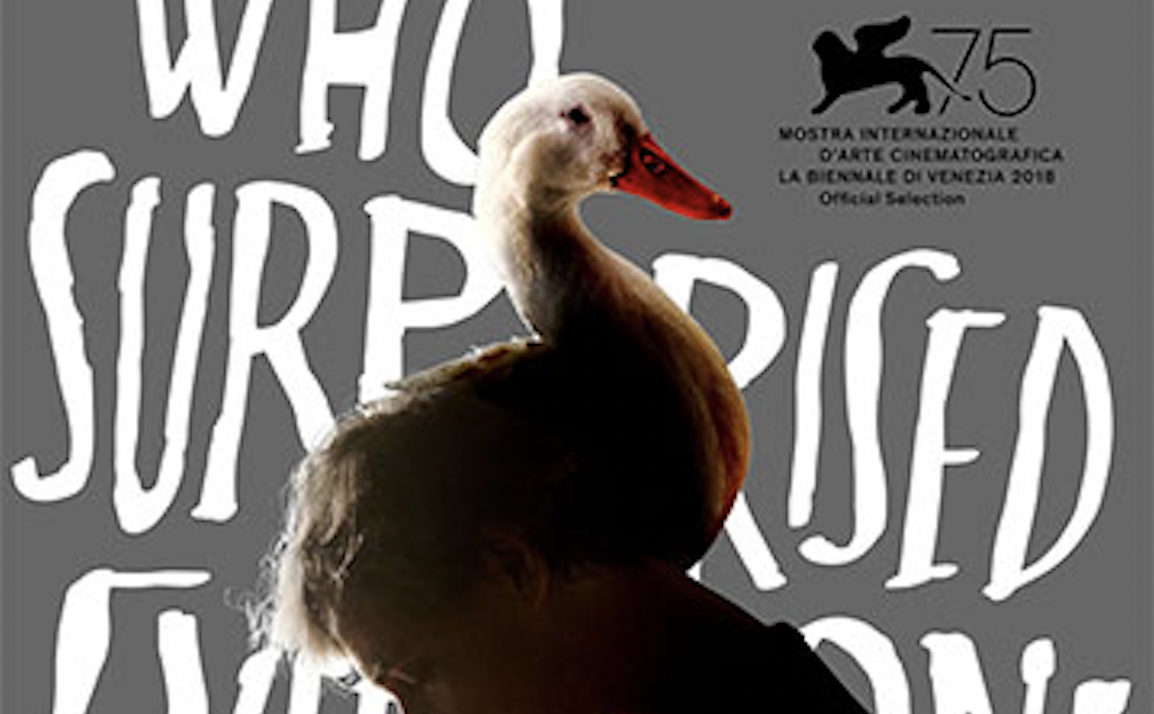[NL] Sinds het najaar van 2022 werken Ciel Grommen, Loes Jacobs, Maximiliaan Royakkers, Clémentine Vaultier, Vermeir & Heiremans en Elephantmappers aan een online cartografische tool. In een tekst die we samen hebben geschreven, openden we ons proces van samenwerken: uitzoeken wat de kaart zal worden door gemeenschappelijke doelen en waarden voorop te stellen, maar ook verschillende ideeën en visies samenbrengen en ondanks frustraties en meningsverschillen verder blijven werken werken. Hieronder enkele fragmenten uit onze lopende dialoog (in het Engels).
Lost and Found, and Lost Again (While Addressing a Herd of Elephants in the Room) zal gepubliceerd worden in Techniques Journal, lente 2023.
[EN] Since autumn 2022 a partnership consisting of Ciel Grommen, Loes Jacobs, Maximiliaan Royakkers, Clémentine Vaultier, Vermeir & Heiremans and Elephantmappers is developing a cartographic portal. In a text we have written together we opened up our process of collaborating: finding out what the map will become by trying to find common goals and values, working through the different ideas and visions, frustrations and disagreements etc. Below some excerpts from our ongoing dialogue.
Lost and Found, and Lost Again (While Addressing a Herd of Elephants in the Room) will be published in Techniques Journal, spring 2023.
-Taking the form of a walk, a bus- or bicycle ride, our intangible artistic practices often are very momentary. Being site- and time-specific the momentum of the work is often that moment, a shared experience of a place and a narrative with a public. In many cases there is little or no documentation. For those who were not there our practices remain invisible, almost non-existent.
-One of our initial reasons to develop a digital mapping tool is to have the ability to archive intangible artistic practices and thus promote their agency and visibility. But a map is not only a 2D representation of space. It is also a container of code. Collectively learning about map-making, reveals its underlying structure and hidden hierarchies of power.
-At one point our ideas started to evolve from a map as an archive of our practices toward the notion of a relational infrastructure. It would contradict our embodied practices for the map to be reduced to a geo-localized archive of images, documents, text etc. However practical this would be, we needed to come to a map that could also account for other aspects than geo-localization, aspects that are important in our practices such as the passing of time, the encounter with other people, the possibility of telling stories, generating narratives, activating histories, the natural or cultural elements we engage with, the specific sounds and smells.
-There are still more questions than answers, as we are in the middle of the process of trying to create a mapping tool together. Can we say that we achieved already another level than a pure functional map? Indeed, we have been discussing a lot about agency, collaboration, creating a federated infrastructure without losing our ‘individuality,’ instead trying to find common values, aiming for cooperation, mutual support and emancipation.

 RELATED
RELATED 

